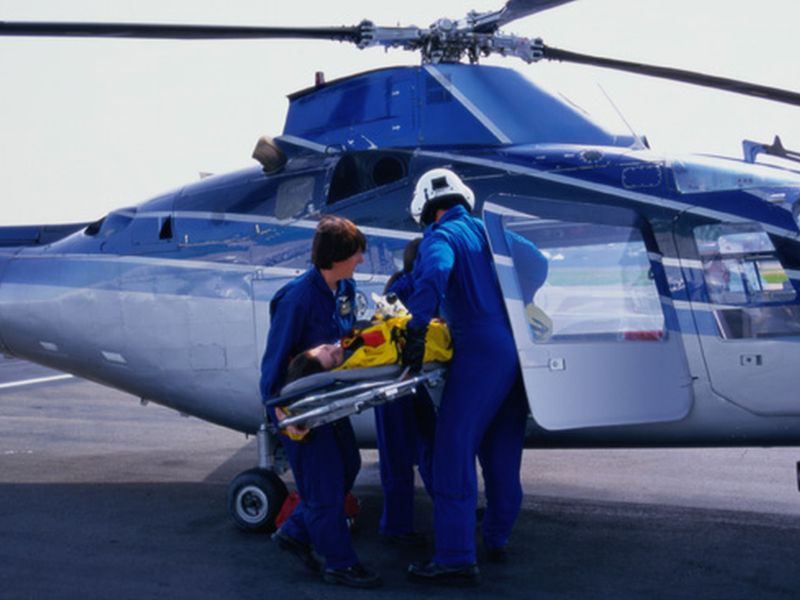U.S. Improves Emergency Readiness, but Gaps Persist

WEDNESDAY, May 8, 2019 (HealthDay News) -- The United States' ability to deal with major health emergencies quickly has improved significantly in recent years, researchers say.
In 2019, America scored 6.7 on the 10-point National Health Security Preparedness Index. That's a 3.1% improvement over the last year, and up 11.7% since the index was created in 2013.
The findings show the nation is better prepared to protect Americans from health emergencies such as terrorism, extreme weather and new infectious diseases, according to the Robert Wood Johnson Foundation (RWJF), which funds the index.
It analyzes 129 measures for each state and the nation. The measures include things such as the percentage of bridges in good condition, rates of hazard planning in nursing homes, and number of paramedics and medical volunteers.
"We are seeing some promising national numbers when it comes to our nation's ability to cope with health emergencies," said Alonzo Plough, RWJF's chief science officer.
"Disasters like recent major hurricanes show that to take the next step in increasing our preparedness levels, we must focus on improving equity within our efforts," he said in a foundation news release.
At the current rate of improvement, it would take another decade for the United States to reach a strong health security level of at least 9.0. But if the nation as a whole improved at the rate achieved by the five fastest-improving states, that target could be reached in fewer than six years, according to RWJF.
"We've seen steady gains nationwide, but some states and regions are falling behind while others are moving ahead," said Glen Mays, head of a University of Kentucky team that developed the index.
"The overall progress is commendable, but we need to accelerate the pace of improvement and help all regions get stronger. The frequency and intensity of disasters is increasing, and we are all at risk," he said in the news release.
Health security levels in 11 states and the District of Columbia were significantly above the national average in 2018. In 17 states, health security levels were significantly below the national average, down from 20 states in 2017.
In 2018, 32 states and the District of Columbia had one-year gains in health security, while four states had losses, and 14 states had no change.
Clusters of below-average states are in the South-Central, Upper Mountain West, Pacific Coast and Midwest regions. Clusters of above-average states are in the Northeast, Mid-Atlantic, Upper Midwest and Central Rocky Mountain regions.
"States and communities have a responsibility to be prepared to respond to health emergencies, and to recover quickly from them," said Dr. Nancy Messonnier, acting director of the Center for Preparedness and Response at the U.S. Centers for Disease Control and Prevention.
"Having a comprehensive index helps states see where cross-sector investments and cooperation are paying off and where more effort is needed," she added.
More information
The U.S. Centers for Disease Control and Prevention has more on emergency preparedness.

The news stories provided in Health News and our Health-E News Newsletter are a service of the nationally syndicated HealthDay® news and information company. Stories refer to national trends and breaking health news, and are not necessarily indicative of or always supported by our facility and providers. This information is provided for informational and educational purposes only, and is not intended to be a substitute for medical advice, diagnosis, or treatment.

